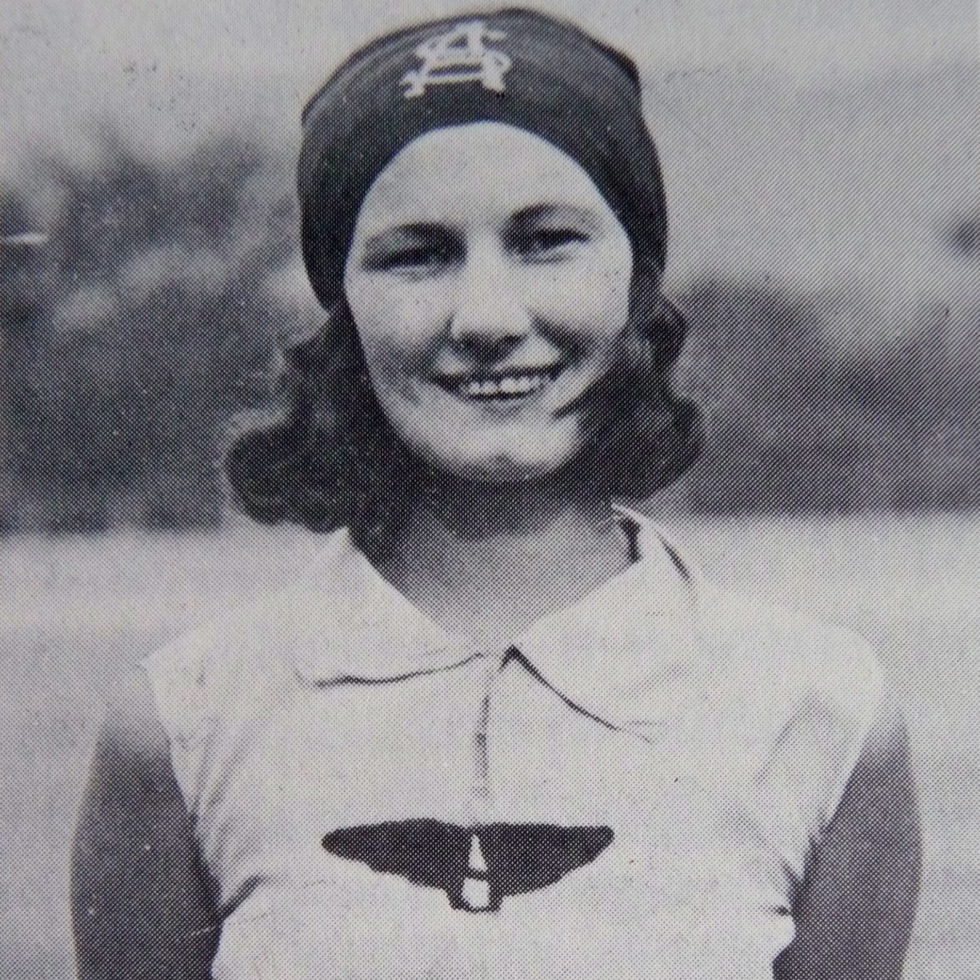
Keith Smith was employed in the merchandise department at Elder Smith & Co. before the war, and Ross worked in the warehouse for Harris Scarfe. They returned in 1920 as conquering heroes, with more than 20,000 waiting to greet them at Northfield Aerodrome. Tens of thousands more – including school children who were given the day off – climbed onto rooftops and into trees, or trekked into the Adelaide Hills for a view of the record-breaking Vimy.
The plane was spotted low and to the left of Mount Lofty at exactly 1.38pm on 23 March 1920, with The Advertiser reporting that “instantly there was a cry from thousands of throats of ‘there she comes’”. The Vimy charted a course down Cross Road, where family friends had hung welcome signs from balconies, before heading north over the city centre. The crew waved handkerchiefs in response to the “cheer upon cheer” which “rent the air”.
Ross Smith’s old comrades from the 3rd Light Horse Regiment arranged a lavish welcome reception at the Tivoli (now Her Majesty’s Theatre). The Advertiser reported “a scene of such enthusiasm and gaiety … as the theatre has rarely seen”, with Ross Smith telling the crowd the night was “quite the happiest he had ever spent in his life, because he was back in his native city”.
Ross Smith had been a gifted sportsman before the war, winning both the junior and senior athletic championships at Queen’s School and leading the cricket and football teams. Every member of the 1908 Queen’s School XI cricket team enlisted in the war, but sadly, five did not survive to welcome their old captain home. Ross was also a former member of the Adelaide Harriers running club – in his honour a set of wings was added to the club’s “A” insignia (as seen in the photo of 1933 running champion Phyllis Hicks above left) and remains to this day.
The extent to which Ross Smith was adored in Adelaide was never more evident than the day he was buried, just two and a half years after the epic flight, on 15 June 1922. More than 100,000 people (one fifth of the state’s population) lined the streets of Adelaide to honour his funeral cortege.
His coffin lay in St Peter’s Cathedral before being interred in North Road Cemetery. The funeral cortege of more than 100 vehicles, headed by a guard of airmen with the casket borne on an aeroplane trailer, was watched from planes flying overhead and crowds more than a dozen deep lining the streets all the way from St Peter’s Cathedral in North Adelaide to North Road Cemetery.
A statue in Sir Ross Smith’s honour can still be seen outside Adelaide Oval. Lieutenant Jim Bennett was buried on the same day in his native Melbourne – a memorial in his honour can be seen on The Esplanade at St Kilda.